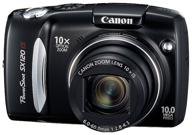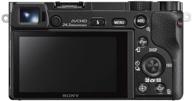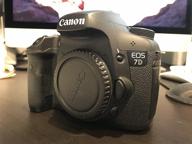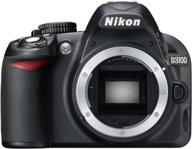
Review on Nikon COOLPIX L810 Digital Camera: 16.1MP, 26x Zoom, NIKKOR ED Glass Lens, 3-inch LCD (Blue) by Rolando Munoz

Great value buy for amateur photographers
First impression: Great looks and lots of customization options, oh my! Out of the box this camera looked quite capable, which is what I was expecting as I already had a Nikon as my main camera. Side zoom, a dedicated capture button are great extras and an opening sidebar, there it is, a mini HDMI that can spit your 3D photos out to the right device. Wow! Design and Body: Nikon made it look like a DSLR, like many cameras in this class, to be able to have a big zoom and more, well, everything including screen, flash, microphones and even four batteries in hand. -To keep. The shiny blue plastic looks great and withstands scratches relatively well. The buttons are well-placed, although there's one that lets you turn on the flash, meaning you'd better remember to let go of it when you're taking a dim shot, as it won't fire automatically. The lens cap is simple, you may have to put some effort in putting it on. The grip is rubberized, very comfortable for your hand and your shot. Technology: You can choose the type of batteries you use in the settings for more efficiency. A two-spot raise is a little overkill for me, but someone might like it. The stereo mics don't really matter considering they're an inch apart. The buttons are simple, you'll recognize the characters from your first digital camera. The screen is of excellent quality, with a high ppi the size seems spot on. Taking photos: Easy as always when you want to take a photo, no settings, no filters, everything automatically. It's called Auto mode and it's for people who just don't care and want good picture quality. But oh, you can do so much more! Direct mode also includes Portrait (face detection), Scene (I'll talk about that later), and a simple Auto mode that chooses the scene for you. as; in sport mode it takes three, in food mode one changes the hue. The panorama assistant is boring, like its brother 3D. In both cases, when you take a picture, the edge line of the image will appear, which you will have to align with the environment, which is not as easy as it sounds. Interface and Settings: Press that little menu button and you'll be taken to different settings depending on what mode you were in. Some of these are obvious: white balance, number of megapixels, ISO, filters and the number of shots that can be taken with one click. However, this is only the shooting menu. Navigating through the movie menu from the side is even easier than taking photos. Proceed with the setting and you'll open a large can of worms. Anything you want to change about the camera can be found on three pages of options. Those who fear the technology are warned to remain calm. For those who love cameras, dive into them. I recommend going through all the settings and finding out what they do so you know in the future. Things like Eye-Fi upload, vibration cancellation, and motion detection are great. Overall, the interface is simple once you understand what it all means, as navigation is easy. I recommend to everyone.
- Zoom NIKKOR ED 26x glass lens
- Unbelievable price
New products
Comments (0)
Top products in 📷 Digital Cameras

Camera Canon PowerShot SX120 IS

76 Review

Revamped Sony Alpha a6000 Mirrorless Digital Camera: 24.3MP SLR Camera with 3.0-Inch LCD and Power Zoom Lens

103 Review

Discontinued Canon EOS 7D Digital SLR 📷 Camera Body Only with 18 MP CMOS Sensor

88 Review

Nikon D3100 DSLR Camera Body (Kit Box) - No Lens Included, International Version with No Warranty

298 Review







